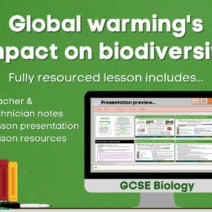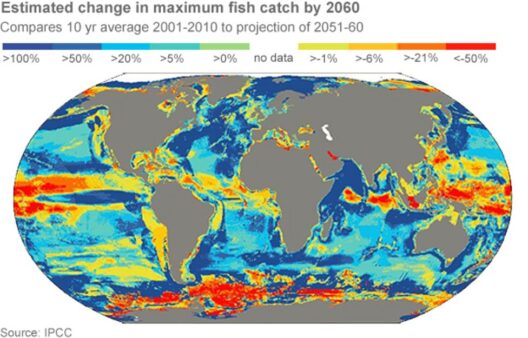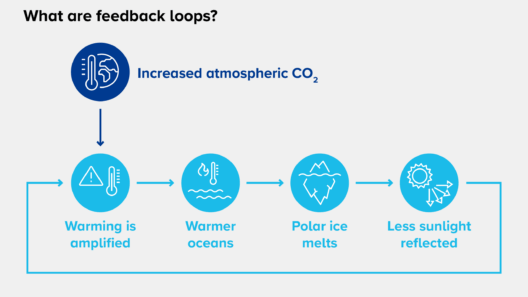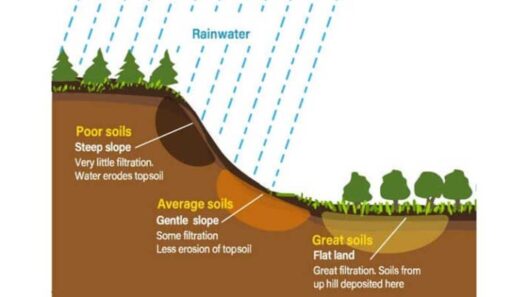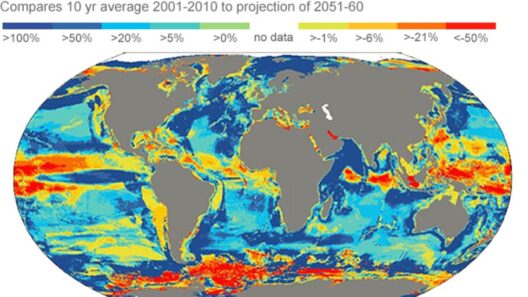Climate change has engulfed our conversations, permeating every corner of our daily lives. As the scientific evidence mounts, a tantalizing question arises: How can we collectively turn the tide against this looming environmental crisis? Without a doubt, rethinking our attitudes and behaviors toward climate change holds the key to shaping a sustainable future.
The most glaring aspect of the climate crisis is not merely its existence but our often passive acceptance of its consequences. Our planet is undergoing a transformation that is both alarming and ubiquitous, manifesting in the form of rising sea levels, unpredictable weather patterns, and rampant biodiversity loss. The challenge lies in our ability to adapt and respond to these cataclysmic changes. So, what if we dared to reimagine the role we play in this narrative?
First and foremost, we must cultivate an awareness that transcends individual interests. It is imperative to understand that climate change is not a distant specter; it is a present reality that demands our immediate attention. This recognition can instigate a sense of urgency, propelling us to take concrete actions. Imagine if every individual embraced the responsibility of their carbon footprint, reducing waste, conserving water, and opting for sustainable alternatives. The cumulative impact of these small, individual changes could yield monumental results in curbing greenhouse gas emissions.
Next, education emerges as a formidable ally in the battle against climate change. A well-informed populace is crucial for fostering innovative solutions. Schools, universities, and community organizations must prioritize environmental education, emphasizing the interconnectedness of human activities and the natural world. Interactive programs that illustrate the dire effects of climate change—and the simple steps that individuals can take—would empower communities to embrace sustainable practices. What if we introduced a ‘climate literacy’ curriculum that not only educates but also inspires grassroots action? Such initiatives could galvanize collective momentum toward environmental stewardship.
Contemplating the role of technology also invokes intrigue. The rapid advancements in renewable energy sources provide a glimmer of hope amidst the gloom. Solar panels, wind turbines, and electric vehicles are not merely the domain of eco-enthusiasts; they are becoming mainstream solutions for energy production and transportation. Governments and corporations must invest recklessly in innovative technologies. What if funding for climate-friendly technologies rivaled that of fossil fuels? This paradigm shift could expedite the transition to a low-carbon economy, signifying a tangible commitment to fighting climate change.
Simultaneously, the need for more sustainable urban planning cannot be understated. Cities are the epicenters of carbon emissions and environmental degradation. Rethinking urban landscapes entails integrating green spaces, enhancing public transportation systems, and promoting mixed-use developments that reduce reliance on automobiles. What if cities were designed not just for living but for thriving, harmoniously coexisting with nature? By implementing smart city technologies and facilitating community engagement in urban design, we can create vibrant, eco-friendly cities that serve as models for environmental sustainability.
Moreover, agriculture—an integral part of our existence—requires a radical transformation. The conventional farming practices that dominate today contribute significantly to climate change. However, adopting regenerative agricultural techniques, such as agroforestry and permaculture, can sequester carbon in the soil while bolstering food security. Imagine our landscapes adorned with diverse crops, thriving ecosystems, and flourishing wildlife. A deliberate shift toward sustainable agriculture can nourish not only our bodies but also the planet.
Additionally, the economic implications of this crisis necessitate serious consideration. A green economy is not a utopian ideal but an achievable reality that can foster job creation while minimizing environmental damage. Job training programs that focus on sustainable industries can empower workers affected by the declining fossil fuel sector. What if the transition to a green economy were framed not as a sacrifice, but a robust opportunity for economic growth and innovation? Embracing this discourse could assuage fears and rally support for sustainable initiatives.
Moreover, the influence of grassroots movements cannot be understated. History illustrates that societal change often germinates from the ground up. Movements led by passionate individuals, such as youth activists, have garnered significant attention and mobilized international support. Their energy inspires advocates of all ages to demand accountability from leaders and corporations. Imagine a world where civic engagement and environmental activism are incorporated into every fabric of society. A thriving culture of activism could lead to more robust policies and greater corporate responsibility concerning climate change.
In conclusion, combating climate change requires a multifaceted approach that redefines our interactions with the environment. By fostering awareness, enhancing education, embracing technology, prioritizing sustainable urban planning, transforming agriculture, reimagining economies, and amplifying grassroots movements, we can harness the collective power to change the unfolding narrative of our planet. It challenges each of us to embrace our roles as stewards of the Earth. Perhaps the most poignant question of all is: Are we ready to rise to the occasion and become the change agents our planet so desperately needs? The answer holds profound implications for future generations and the health of our shared home.

